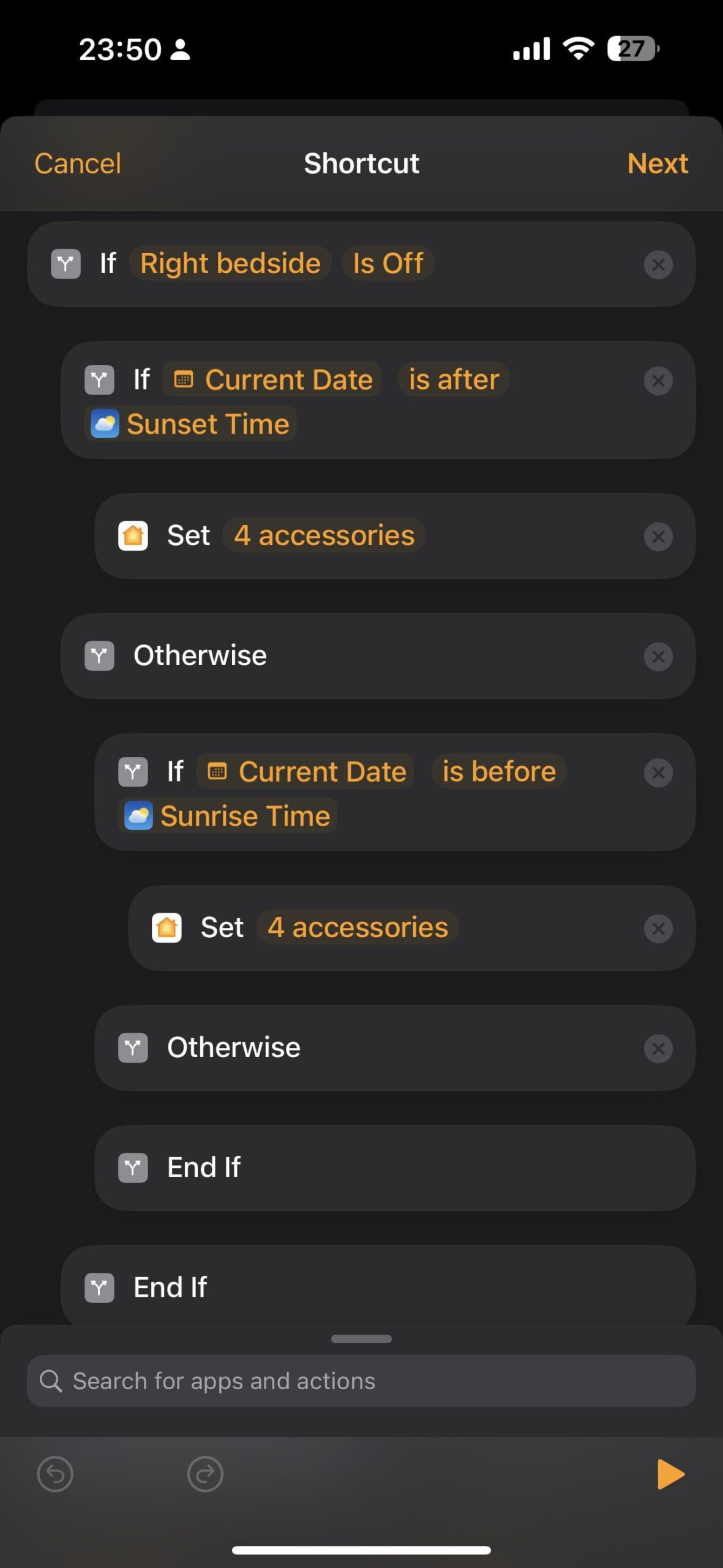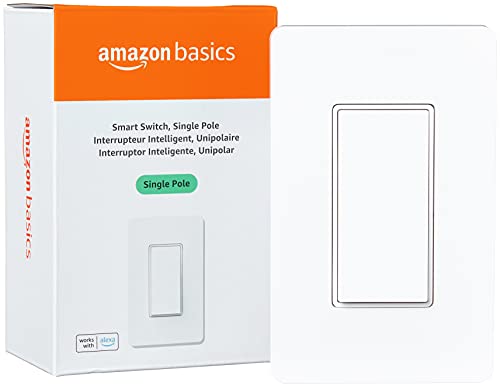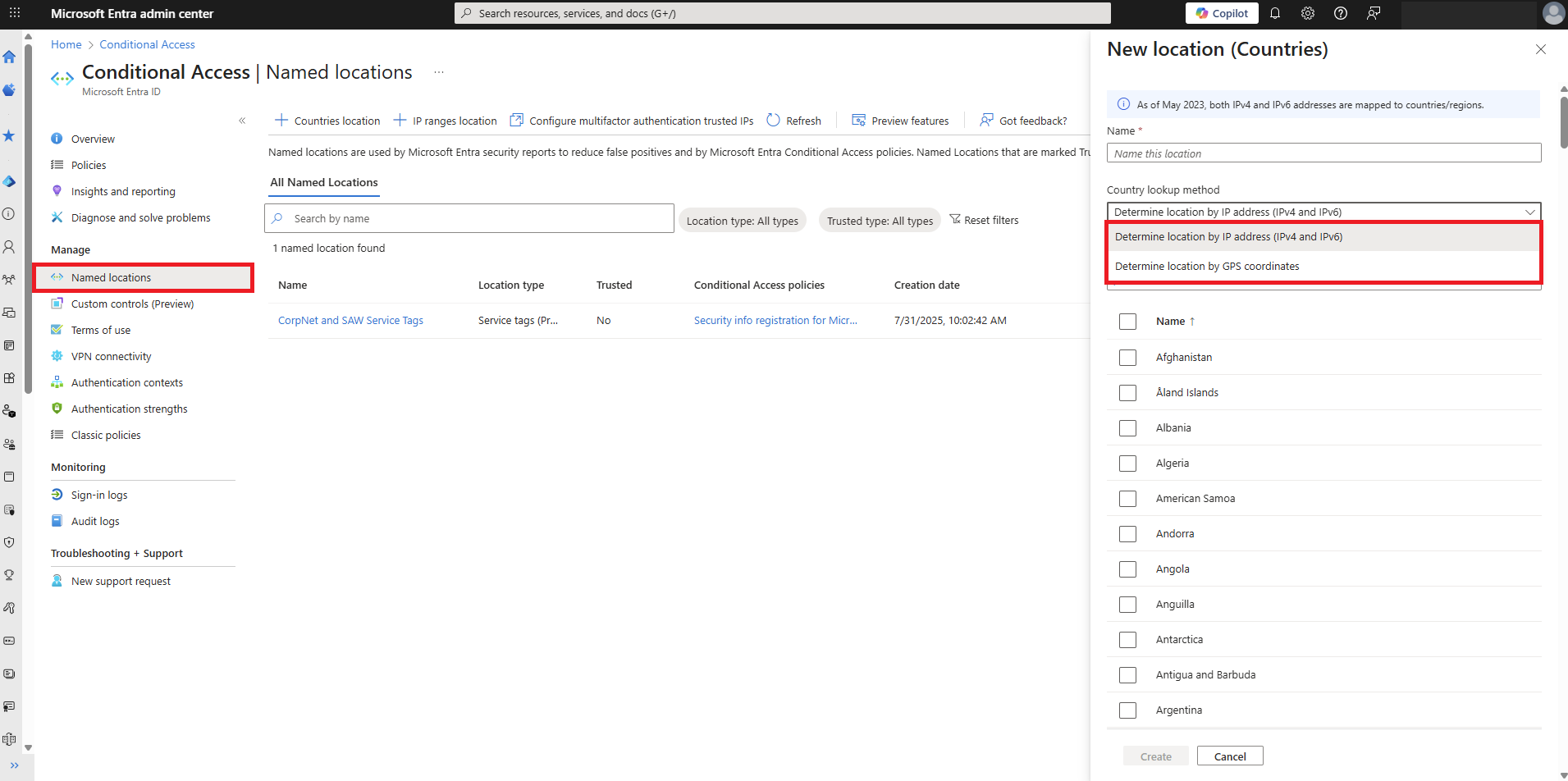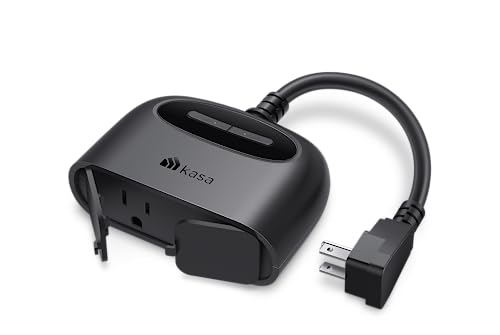You’ve invested in smart devices to make your home more convenient and connected. But have you ever stopped to think about who might be watching or listening?
Your smart home can be a goldmine of personal information if it’s not protected properly. You’ll discover simple, effective tips to keep your privacy intact without giving up the comfort you love. Keep reading to learn how to take control and secure your smart home today.
Common Smart Home Risks
Smart homes make life easier by connecting devices. But they also bring new risks that users must know.
These risks affect your security and privacy. Understanding them helps you protect your home better.
Vulnerable Devices
Many smart home devices have weak security. They may have default passwords or outdated software.
Hackers can easily access these devices and cause harm or steal information.
- Smart cameras without strong passwords
- Voice assistants with open access
- Smart locks lacking encryption
- Outdated firmware on smart thermostats
Network Threats
Your home network connects all smart devices. If it is weak, attackers can enter your system.
Unsecured Wi-Fi or poor router settings increase risks. Attackers can listen or control devices remotely.
- Using weak Wi-Fi passwords
- Not updating router firmware
- Connecting devices to public networks
- Ignoring network segmentation
Data Privacy Concerns
Smart devices collect a lot of personal data. This information can be shared or hacked without your knowledge.
Poor privacy settings or vague policies put your data at risk. Protect your information carefully.
- Voice recordings sent to cloud servers
- Location data shared without consent
- Third-party apps accessing your information
- Weak privacy controls on device apps
Credit: medium.com
Securing Your Wi-fi Network
Smart homes use Wi-Fi to connect many devices. Protecting your Wi-Fi keeps your home safe.
A secure Wi-Fi stops hackers from entering your network and stealing data.
Strong Password Practices
Create a strong password for your Wi-Fi network. Use letters, numbers, and symbols.
Change the default password your router comes with. Avoid easy passwords like “123456”.
- Use at least 12 characters
- Include uppercase and lowercase letters
- Add numbers and special characters
- Change passwords regularly
Network Segmentation
Divide your Wi-Fi into separate parts. Keep smart devices on a different network.
This limits hackers from moving between devices if one is hacked.
- Use a guest network for smart devices
- Keep computers and phones on the main network
- Enable firewall on your router
- Monitor connected devices often
Firmware Updates
Update your router’s firmware often. Updates fix security problems and bugs.
Set your router to update automatically if possible. This keeps your network safe.
- Check for updates monthly
- Follow your router maker’s instructions
- Restart your router after updates
- Disable old, unused features
Device Configuration Tips
Setting up your smart home devices correctly helps protect your privacy. Simple changes can keep your data safe.
Focus on adjusting settings to reduce risks. This guide covers key tips for better device security.
Disabling Unnecessary Features
Turn off features you do not use. Extra functions can create security gaps.
Check device settings to find options you can disable. This reduces the chance of data leaks.
- Disable voice assistants if you don’t use them
- Turn off location tracking when it is not needed
- Switch off remote access if you only use devices at home
Changing Default Credentials
Change default usernames and passwords right away. Default credentials are easy targets for hackers.
Use strong passwords that mix letters, numbers, and symbols. Avoid common or easy-to-guess passwords.
- Create unique passwords for each device
- Use a password manager to keep track
- Update passwords regularly for better security
Using Two-factor Authentication
Enable two-factor authentication (2FA) on your devices. It adds an extra security step to log in.
2FA requires a code from your phone or email. This makes it harder for hackers to access your account.
- Check if your device supports 2FA
- Use app-based authenticators for better security
- Keep backup codes in a safe place

Credit: www.nytimes.com
Managing Smart Home Apps
Smart home apps control devices in your house. Managing these apps well keeps your privacy safe.
Knowing how to check permissions, update apps, and avoid risky integrations helps protect your data.
Reviewing App Permissions
Apps ask for permissions to access parts of your phone or home devices. Some permissions are not needed.
Check what each app can do. Remove permissions that seem too much or not related to the app’s purpose.
- Open app settings to see permissions
- Allow only necessary permissions
- Revoke permissions if unsure
Regular App Updates
App makers release updates to fix bugs and improve security. Using old versions can risk your privacy.
Turn on automatic updates or check for new versions often to keep apps safe and working well.
- Update apps as soon as updates are available
- Use official app stores for downloads
- Avoid skipping update notifications
Avoiding Third-party Integrations
Third-party integrations link your smart home apps with other services. These can share your data with unknown parties.
Limit or avoid connecting your apps to outside services unless you trust them fully.
- Check the privacy policy of third parties
- Use only necessary integrations
- Disconnect integrations not in use
Physical Security Measures
Smart homes have many devices that make life easier. These devices need physical protection to keep your privacy safe.
Physical security stops others from touching or controlling your smart devices without permission.
Securing Voice Assistants
Voice assistants listen for your commands. Anyone near them can hear or activate them if they are not secure.
Place voice assistants in private areas. Avoid putting them near windows or doors where strangers can reach or hear them.
- Use a mute button when not in use
- Keep devices away from open spaces
- Physically block microphones if needed
- Check regularly for unknown devices nearby
Protecting Cameras And Sensors
Cameras and sensors watch your home. If someone accesses them, they can spy on your private moments.
Install cameras where you can see them easily. Cover or turn off cameras when you want privacy.
- Use physical covers for cameras when off
- Lock sensor panels to prevent tampering
- Place sensors inside the home, not outside
- Check mounts and locks often

Credit: nestonyx.com
Monitoring And Alerts
Smart home devices help keep your home safe. Monitoring and alerts notify you about any unusual activity.
Setting up alerts lets you react quickly to protect your privacy and property.
Setting Up Notifications
Notifications send alerts to your phone or email. You can set alerts for motion, door openings, or camera activity.
Choose the type of alerts you want to receive. Turn on only important notifications to avoid too many alerts.
- Enable push notifications on your smartphone
- Set alerts for specific devices or rooms
- Customize alert sounds to recognize urgency
- Use schedules to limit alerts during certain hours
Using Security Dashboards
Security dashboards show all your alerts in one place. They help you watch your home easily.
Use dashboards to check past alerts and device status. This helps find weak spots in your security.
- View real-time alerts and camera feeds
- Check device health and battery levels
- Review alert history for unusual patterns
- Manage settings for all devices quickly
Future-proofing Your Smart Home
Smart homes use many devices to make life easier. These devices collect data and connect to the internet. Protecting your privacy is very important.
Future-proofing means planning your smart home for safety today and tomorrow. This helps keep your data safe as technology changes.
Choosing Privacy-focused Devices
Pick devices that protect your privacy from the start. Look for brands that use strong security and clear privacy rules.
Devices that update often fix security problems fast. This keeps your smart home safer over time.
- Check if the device has end-to-end encryption
- Choose products with clear privacy policies
- Buy devices that offer regular software updates
- Avoid gadgets that share data without permission
Staying Informed On Threats
New privacy risks appear as smart home technology grows. Stay aware of these threats to protect your devices.
Follow trusted news and security websites. Learn about common hacks and safety tips to keep your home secure.
- Subscribe to tech and security newsletters
- Join online forums about smart home safety
- Update device software as soon as updates arrive
- Watch for unusual activity on your devices
Frequently Asked Questions
How Can I Secure My Smart Home Devices?
Use strong, unique passwords for each device. Enable two-factor authentication. Regularly update device firmware to fix security flaws.
What Are The Best Privacy Settings For Smart Homes?
Disable unnecessary data sharing and voice recording features. Limit app permissions. Review privacy policies to understand data usage.
How Do I Prevent Smart Home Hacking?
Secure your Wi-Fi with a strong password. Use a separate network for smart devices. Keep software updated to patch vulnerabilities.
Can Smart Home Devices Record Without Consent?
Some devices may record unintentionally. Always review and adjust privacy settings. Cover cameras when not in use for added security.
Conclusion
Protecting your smart home privacy is crucial. Small steps make a big difference. Regularly update your devices. Use strong, unique passwords. Check privacy settings often. Be cautious with device permissions. Educate family members about security. Awareness keeps your home safe.
Smart choices protect your data. Prioritize privacy in every smart home decision. Stay informed about technology updates. Keep your home secure and private. Your peace of mind matters. Simple actions lead to better security. Maintain control over your smart devices.
Your efforts ensure a safer environment. Privacy is a continuous journey. Stay vigilant and proactive.
15 min read







